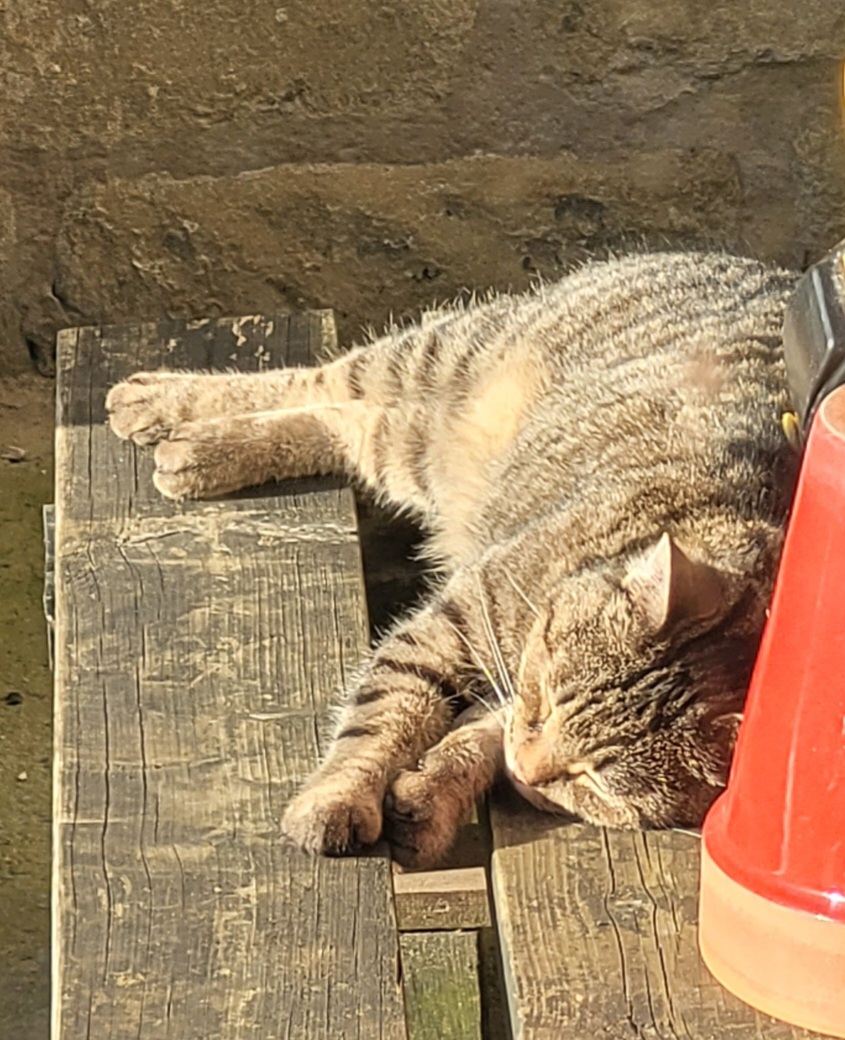Image on left is from 4 days ago, but the pimple was slowly forming over around 2 weeks.
The goop was sticky, not oily. Earphones are Panasonic RP-TCM130.
I was not able to find an explanation.
Something to increase cable lifespan, lubrication, rubber disintegrating, sweat and earwax that somehow got into the cable, dielectric grease, SCP-1407, no clear answer.
At first I thought the wires just somehow twisted. Nope.
If you put the yolk into a cup of soil, you should have baby headphones within 2-3 weeks.
You gotta be careful with baby headphones. If it’s a boy, he’ll keep the cord. If it’s a girl, she’ll loose her cord, and her teeth will turn blue.
In some states, you’re legally required to.
That’s how I grow my own chickens
Makes me think of that shitty grippy rubber material on cheap mice that becomes gooey with time. I would treat those as euclid until further testing
Euclid??? The greek mathematician?
Euclid-class SCPs are anomalies that require more resources to contain completely or where containment isn’t always reliable. Usually this is because the SCP is insufficiently understood or inherently unpredictable. Euclid is the Object Class with the greatest scope, and it’s usually a safe bet that an SCP will be this class if it doesn’t easily fall into any of the other standard Object Classes.
…what is an SCP?
Secure Contain Protect
SCP is a collaborative wiki fiction edited and written by lots of people for years now. It started as kind of a novelty, a fake wiki of heavily redacted files relating to an organization’s attempts to contain cryptids and various weird things. Its evolved over time and has numerous narrative arcs etc now.
Is…is this what you guys were doing during covid quarantine? I just…played animal crossing.
The SCP Wiki is over 16 years old now!
I made shit up 16 years ago too! Everyone did
It’s actually a pretty old Internet Internet project!
Oh man… someones in for a fun night.
What Is The SCP Foundation? 15 Best Pieces Every New Fan Should Read | screenrant.com https://lemmy.world/post/15589512
SCP-3008 The Perfectly Normal IKEA, and SCP-3333 about a spacial anomaly on a fire tower are my 2 favorites, but I haven’t delved all that deeply either.
12 yo middle school scarypasta
Here I was thinking it stood for Sexy Cute Pizza.
Oh, it absolutely does
Paranormal memes
Source
Don’t follow that rabbit hole!
Oh great, all the sound is gonna leak out before it gets to your ears.
Liquid sound? Dethklok would like a word with you
Fish metal.
Happened to my mate, it sucks a lot tbf
High resistance in a wire inside the sheath would generate more heat at that point, causing the plastic sheath to melt/bubble. So if the wire inside the sheath got damaged, pinched or some of the strands of wire were broken.
These are earbuds, not big ass speakers. There shouldn’t be enough power going through those cables to do melt anything.
You would be incorrect. If the power source shorts, it would heat the wires sufficiently.
And how much power do you think the DAC in a phone is going to output?
The built in DAC in a phone can barely drive my headphones, let alone melt a silicone cable. They typically output less than a watt. On a good day. Rubbers melting point is 365c and 1 watt isn’t gonna do that.
They typically output less than a watt.
Sounds optimistic. Checking a few USB to 3.5mm dongles, they seem to be around 25mW max at 32Ohms. Not sure how much that would change with short circuit, but I guess not much more.
It’s more to do with wire gauge…
Have you verified the specs on OPs headphones?
Maybe I missed it but I don’t see where OP said this happened while connected to a phone.
They’re earbuds. You’re going to using them with a phone, maybe a laptop, or even in a pinch maybe a desktop. None of those output enough power to melt through a rubber cable without severely destroying themselves and never working again. OP would be posting “my phone exploded and I’m deaf now” not about the cable having a pimple.
Even my dedicated amp, a Shiit Magni outputs 6 watts with both channels combined, and ain’t nobody connecting shitty earbuds to an amp. The rest of the cable is going to sink away the heat from 6 watts before the rubber could get hot enough to melt.
Doesn’t explain the goop though
Some sort of chemical reaction. My best guess would be a drop of CA glue that degraded the material over time.
I feel like you maybe should replace those…
Sir, you are to remain in your present location until MFT Psi-8 makes contact. Any and all resistance will be met with force!
I am so intruiged by the fact that the mass of good accumulated at the one spot. The mystery of what pressures were at play for it to flow to that one spot.













